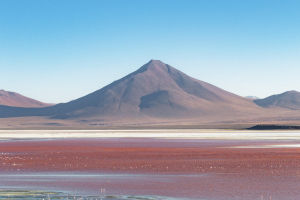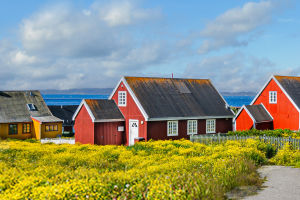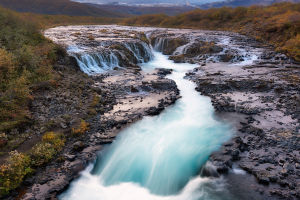The Lofoten Islands, located above the Arctic Circle in Norway, are known for their dramatic landscapes, stunning fjords, and picturesque fishing villages.
For outdoor enthusiasts, camping in this rugged paradise offers an unforgettable experience.
With its wild beauty and peaceful surroundings, the Lofoten Islands are a top destination for camping, but it’s important to be prepared. Here are some essential tips to help you make the most of your camping adventure!
1. Best Time to Visit
The best time to visit Lofoten for camping is from late spring to early autumn, typically between May and September. During these months, the weather is relatively mild, and the days are long, with the midnight sun illuminating the skies. Summer temperatures average between 10-15°C (50-59°F), though it can still get chilly, especially at night. Winter camping is possible, but it’s much colder and requires more experience and gear.
2. Campsites and Wild Camping
Lofoten offers both organized campsites and opportunities for wild camping. If you prefer a more structured experience, several campsites around the islands provide amenities like toilets, showers, and sometimes even rental cabins. These campsites usually charge a small fee ranging from $15 to $30 per night.
Wild camping is also popular, as the region has an open camping policy, meaning you can camp anywhere as long as you are at least 150 meters away from homes and cabins. Be respectful of nature and follow Leave No Trace principles to preserve this pristine environment.
3. Getting to Lofoten
To reach Lofoten, most travelers fly into the city of Bodo on the mainland, then take a ferry across the Vestfjorden to Moskenes on the southern end of Lofoten. Ferries operate year-round, with multiple daily departures, and the journey takes about 3-4 hours. Alternatively, you can fly directly to one of Lofoten’s airports, such as Leknes or Svolvaer, but flights are less frequent and can be more expensive.
You can also drive to Lofoten from Bodo via the E10 highway, which offers stunning views along the way. Renting a car or camper van is a great way to explore the islands at your own pace, giving you the freedom to stop at scenic viewpoints and small villages along the route.
4. What to Pack
Camping in Lofoten means being ready for variable weather conditions. Pack layers, including a waterproof jacket, thermal layers, and a windproof shell. Even in summer, temperatures can drop significantly at night. A good quality sleeping bag rated for low temperatures, a sturdy tent, and a mat to keep you off the cold ground are essentials for staying comfortable.
Don't forget a headlamp for the long hours of twilight during the summer, a first-aid kit, and a stove for cooking. If you plan to do any hiking or kayaking, be sure to bring appropriate footwear and equipment. The weather can change quickly, so always check forecasts before heading out on any adventures.
5. Activities to Enjoy
Lofoten offers more than just camping. The islands are a haven for outdoor activities like hiking, fishing, kayaking, and wildlife watching. Some of the most popular hikes include the Reinebringen Trail, offering spectacular views of the village of Reine, and the challenging but rewarding Lofoten Peak. Kayaking around the fjords is another popular way to experience the islands' beauty from a different perspective.
Fishing is deeply ingrained in the culture of Lofoten, and many campsites and villages offer opportunities to rent fishing gear or even join local fishing tours. The Lofoten Islands are also known for birdwatching, especially around the nesting areas for puffins, eagles, and other seabirds.
6. Respect Local Customs
The Lofoten Islands are home to small fishing villages, and while visitors are welcome, it’s essential to respect local customs and the natural environment. Keep noise to a minimum, especially in quiet areas, and always clean up after yourself. Lofoten’s residents take great pride in their pristine surroundings, so it’s important to follow the Leave No Trace guidelines when camping.
Camping in Lofoten offers an unmatched opportunity to experience one of the most stunning landscapes in the world. With proper planning, a sense of adventure, and respect for the environment, you can create unforgettable memories in this Arctic paradise. Whether you’re hiking along towering peaks, kayaking in crystal-clear waters, or simply soaking in the view from your tent, Lofoten’s beauty will leave a lasting impression.
So pack your bags, prepare for the unexpected, and get ready to explore one of Norway’s hidden gems!


